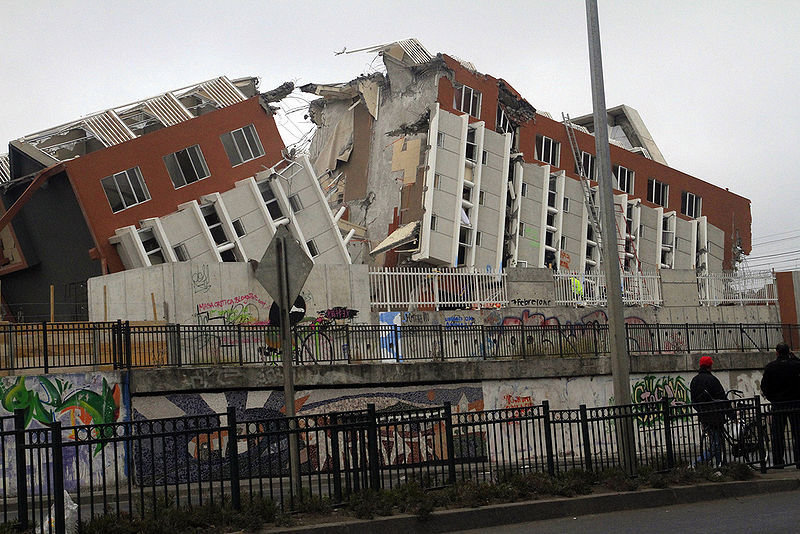
The computer model has been devised by researchers from Northwestern University. The model has shown that earthquake faults retain, geologically speaking, a 'sense of memory.'
According to seismologist Professor Seth Stein, in communication with Digital Journal: "if it's been a long time since a large earthquake, then, even after another quake happens, the fault's 'memory' sometimes isn't wiped out, so there's still a good chance of having another."
In these circumstances an earthquake cluster is more likely to occur and thus "earthquake clusters imply that faults have a long-term memory." This 'memory' arises as a result of an earthquake resulting in a significant strain on a fault. This means that some strain remains after a big earthquake has occurred and this can cause another earthquake to follow.
A fault is a planar fracture or discontinuity in a volume of rock, across which there has been significant displacement as a result of rock mass movement. An energy release associated with rapid movement on active faults is the cause of most earthquakes.
This means an earthquake should be thought of as a 'system' and as with other systems, the behavior is a product of the history of the system over time. The researchers draw on an analogy. If a person who has never sprained their ankle before does so the chances are the pain and subsequent healing will not be as great as someone who has previously sprained their ankle and does so again. Here a previous injury affects how a new injury is manifested.
The common view with earthquakes is that whether an earthquake happens on a fault is time dependent and that a fault only has a short term 'memory', that is previous earthquakes have no bearing on a future earthquake.
The new approach suggests that as well as predicting when earthquakes will occur, seismologists should also try to understand when clustering is likely to take place. The new approach to understanding earthquakes is to be presented at the December meeting of the American Geophysical Union in San Francisco. The presentation is accompanied by a white paper titled "Are Earthquake Clusters/Supercycles Real or Random?"



Cellular memory on a larger scale?